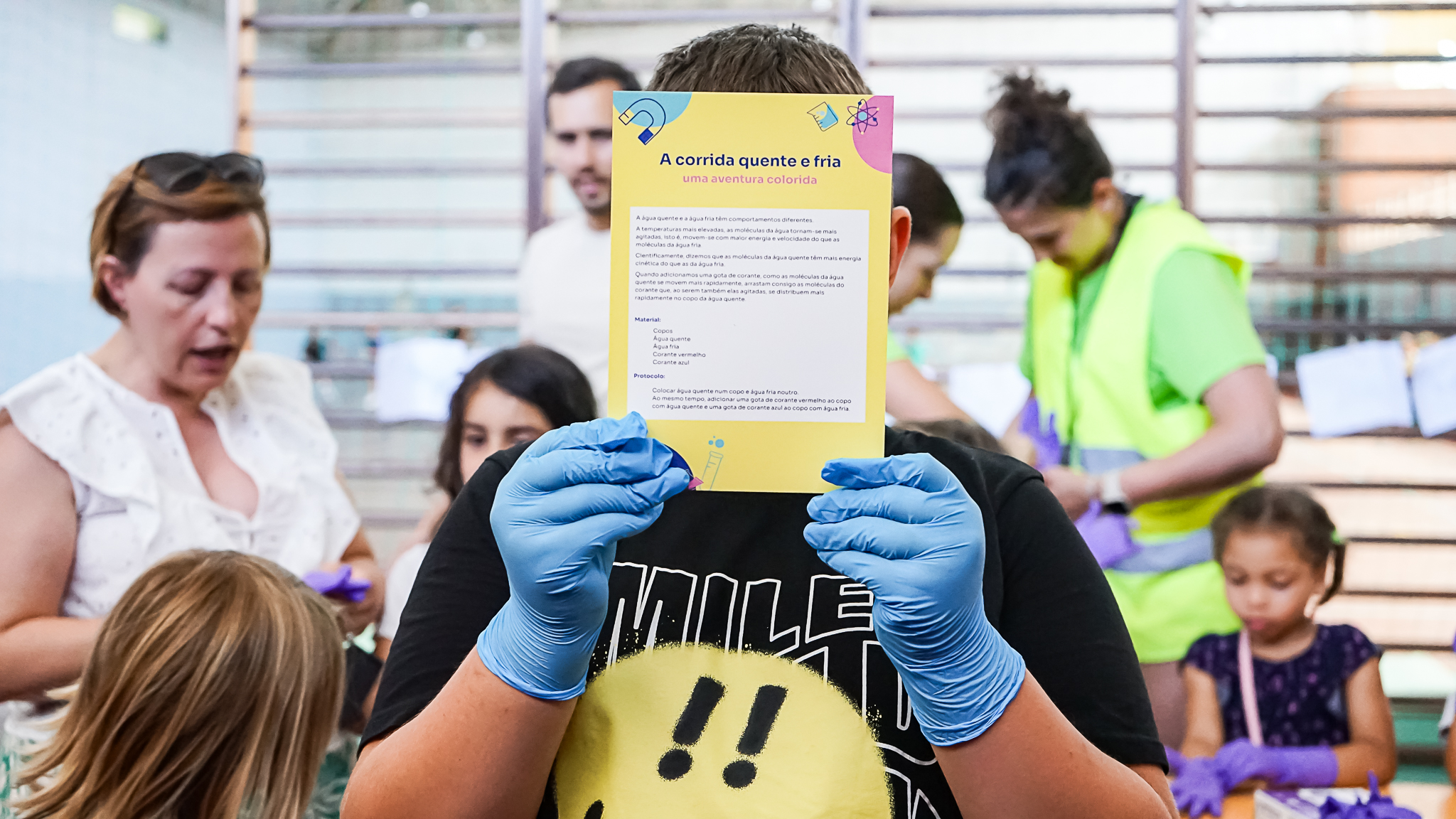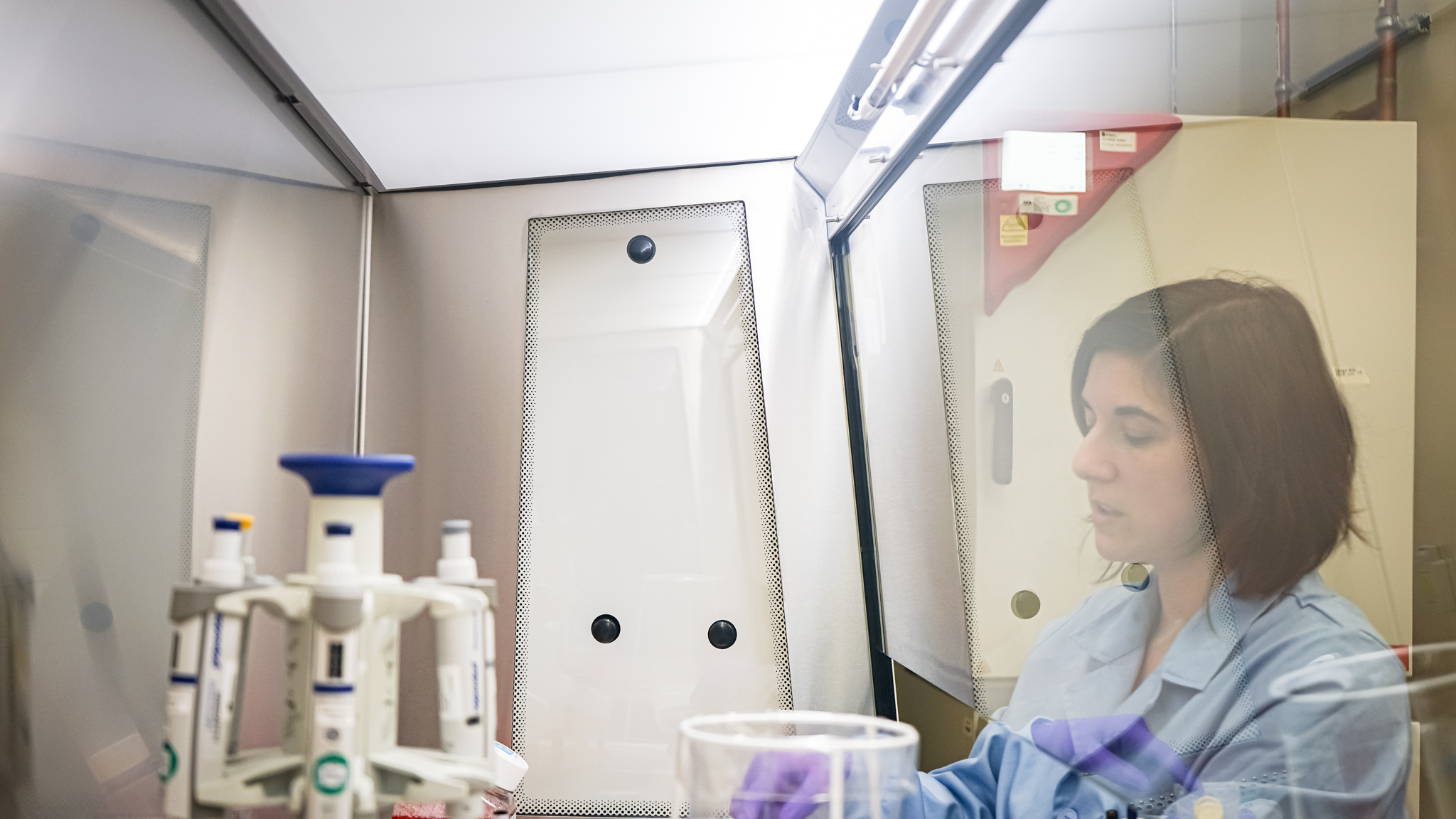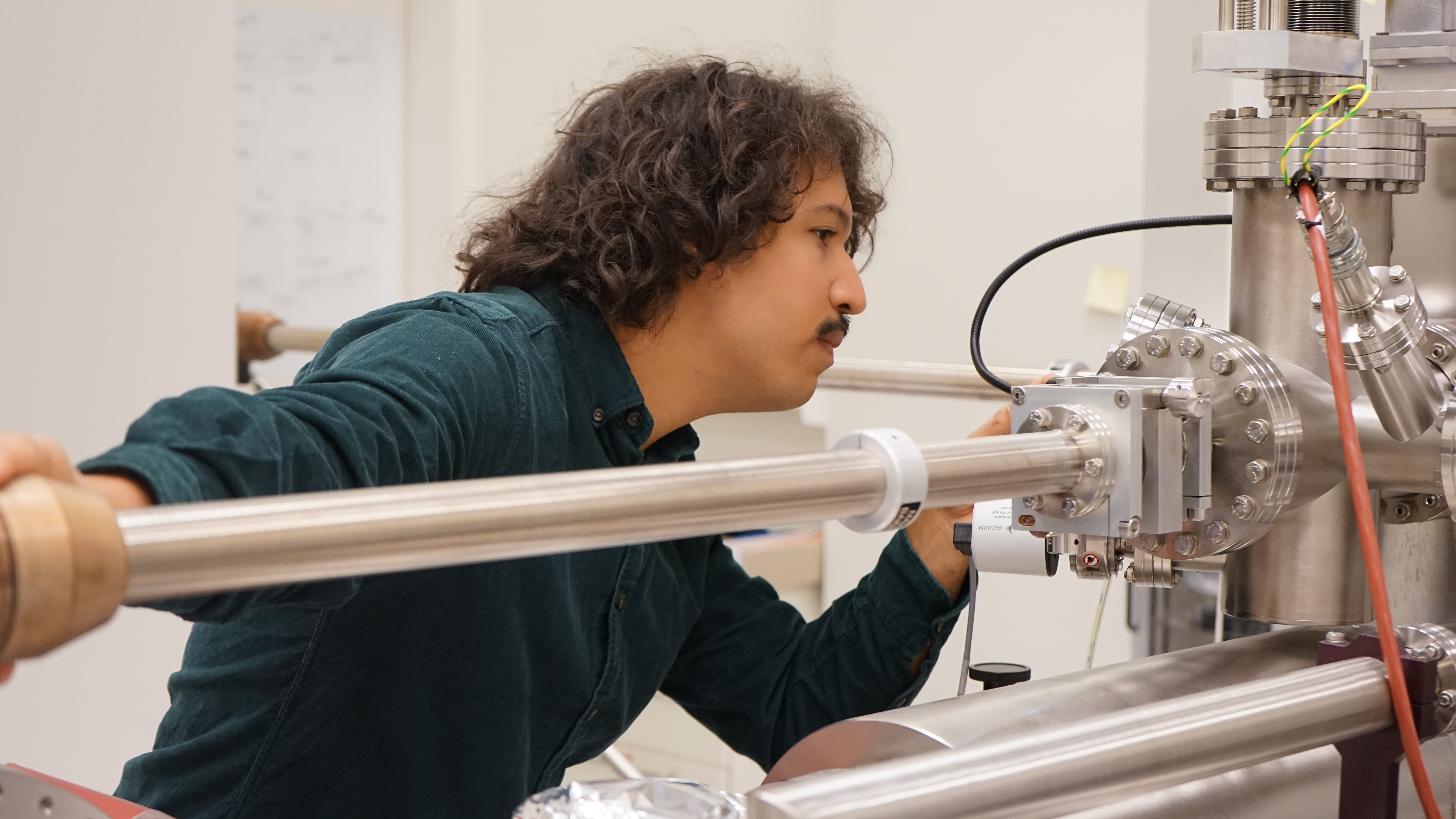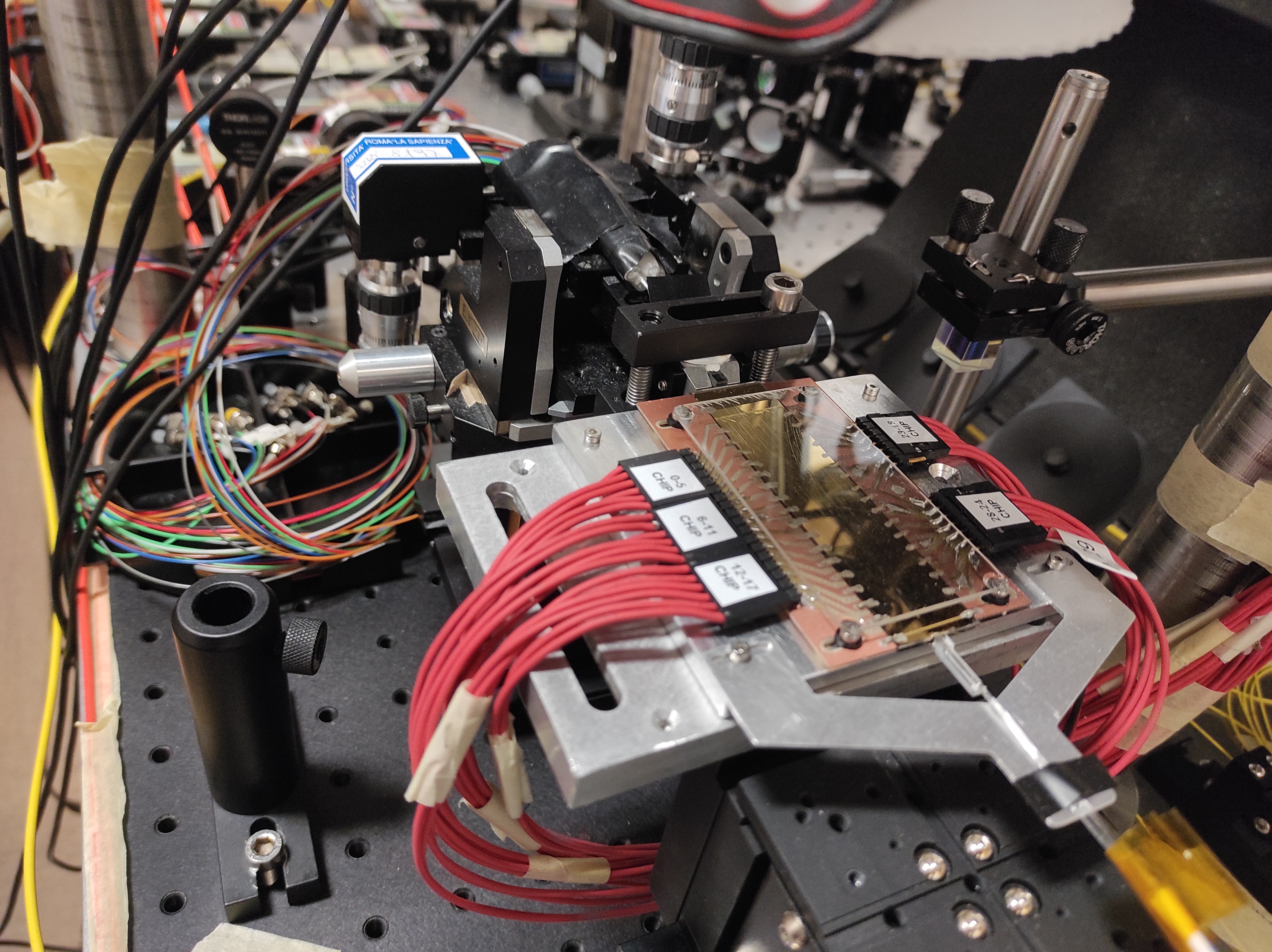
Evaluating the “quantumness” of a quantum computer
November 6, 2023
Programmable optical circuits are one of the leading architectures for quantum information processing. They enable tests of key aspects of quantum mechanics, and they have various applications in fields like metrology, cryptography, and computation.
These devices handle information in a non-traditional way, using quantum states of light. As programmable optical circuits become larger and more complex, there is an increasing need for reliable methods to confirm their quantum capabilities and determine the most effective ways to use them for information processing.
INL researchers, in a strong collaboration with Sapienza University of Rome, CNR-INF (Consiglio Nazionale delle Ricerche e Instituto Nazionale di Fotonica), and Politecnico di Milano, have recently published a new study that demonstrates how to certify several quantum properties of devices of increasing complexity. The paper was published on November 3rd in the journal Science Advances (full publication here).
The experiments, led by Prof Fabio Sciarrino and carried out at the Quantum Lab group in Sapienza University, certified the presence of genuine quantum characteristics such as contextuality and coherence in a programmable integrated optical circuit.
Dr Taira Giordani, lecturer at Sapienza University and member of the Quantum Lab team, explains that “this work is the first experimental application of this technique to quantify the computational resources provided by quantum mechanics in optical devices”. “Our results push novel techniques for the study of nonclassical resources. We expect that these findings will instigate the research on future certification of larger devices exploiting more complex quantum states of light”, concludes Prof Fabio Sciarrino.
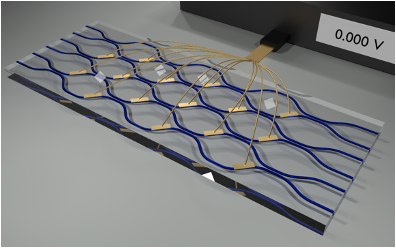
Representation of the programmable integrated photonic chip used in this work. Waveguides are created by femtosecond laser writing on glass, and tunable currents at various resistors on the surface are used to program the device’s functioning.
The certification approach followed the methodology developed by the theoretical team led by Prof. Ernesto Galvão of INL, in Portugal, with the strong contribution of the two PhD candidates Rafael Wagner and Anita Camillini. The group leader adds that “this is a robust approach to certify quantum advantage for an imaging task known as quantum interrogation. The characterisation techniques certified both the presence and usefulness of genuine quantum characteristics for advantage in information processing.”
The precise testing of quantum properties was enabled by a fully reconfigurable integrated optical circuit featuring six waveguides, fabricated by the team led by Prof. Roberto Osellame of Politecnico di Milano.
This research line was supported by projects funded by the European Commission: ERC Advanced Grant QU-BOSS, and Horizon Europe’s FoQaCiA. It is also supported by Italy’s National Quantum Science and Technology Institute (NQSTI), and by FCT – Fundação para a Ciência e a Tecnologia, in Portugal.
